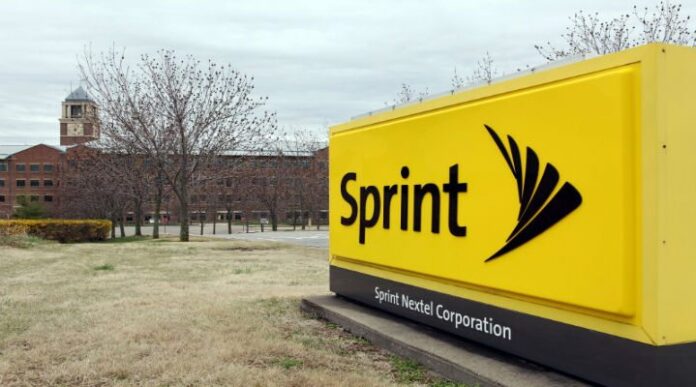Sprint demos with Nokia highlights MIMO, 64T64R technology to boost cell capacity; with Ericsson on 3CCA, 4×4 MIMO, 256 QAM for 1 Gbps speeds.
Sprint highlighted a pair of demonstrations with vendor partners Nokia and Ericsson at this week’s Mobile World Congress event designed to potentially bolster the carrier’s current LTE deployment and pave the way for its move towards “5G” technology.
With Nokia, Sprint said it’s demonstrating massive multiple-input/multiple-output antenna technology designed to boost cell capacity by eight times compared with a standard LTE deployment. The MIMO demonstration taps into TDD-LTE spectrum with 64-transmit/64-receive technology for downlink and uplink on an existing LTE frequency.
The demonstration is based on Nokia’s AirScale MIMO Adaptive Antenna platform and uses “3D beamforming” software to deliver claimed gains of up to eightfold on the uplink and fivefold on the downlink. The demo is also set to use eight commercial devices compatible with Sprint’s 2.5 GHz TDD-LTE network.
The companies said the antenna technology is attached to the base station and focused on the transmission and reception of “signal energy into small regions of space.”
“This provides new levels of spectral efficiency and throughput, and allows data consumption from more users in a dense area without requiring more radio spectrum or causing interference,” the companies noted.
Current LTE deployments based on FDD spectrum usage typically rely on the more common 2T2R or 4T4R (also known as 2×2 and 4×4) MIMO deployments. However, Sprint’s focus on the 2.5 GHz band allows for the use of smaller antennas to transmit and receive data compared to lower-band deployments.
“Massive MIMO is a critical part of our strategy to increase the capacity of our LTE Plus network today and in the future it will be a key element of our 5G network,” said Günther Ottendorfer, COO of technology at Sprint, in a statement. “Working with Nokia to deliver massive MIMO is a competitive advantage for Sprint because it is more easily deployed on 2.5 GHz spectrum due to the smaller form factor of the radios and it’s an important innovation that will take advantage of our deep spectrum holdings.”
With Ericsson, Sprint said it was demonstrating network speeds of up to one gigabit per second using 60 megahertz of 2.5 GHz spectrum. The demo uses Ericsson’s LTE-Advanced features including 4×4 MIMO, 256 quadrature amplitude modulation technology, the vendors “Lean Carrier” solution and three-channel carrier aggregation.
Sprint said it has deployed support for 60 megahertz of 2.5 GHz spectrum in more than 100 markets, with the operator having access to more than 160 megahertz of total 2.5 GHz spectrum in the country’s top 100 markets. The carrier earlier this year noted commercial deployments were returning network speeds of more than 200 megabits per second, though only a select num ber of devices are currently compatible with the 3CCA technology.
Rival T-Mobile US has claimed to have combined 4×4 MIMO with 256 QAM technology in an “unreleased handset” to support network speeds up to 400 Mbps, and with the addition of 3CCA has seen lab tests of speeds up to 979 Mbps.
Bored? Why not follow me on Twitter.

